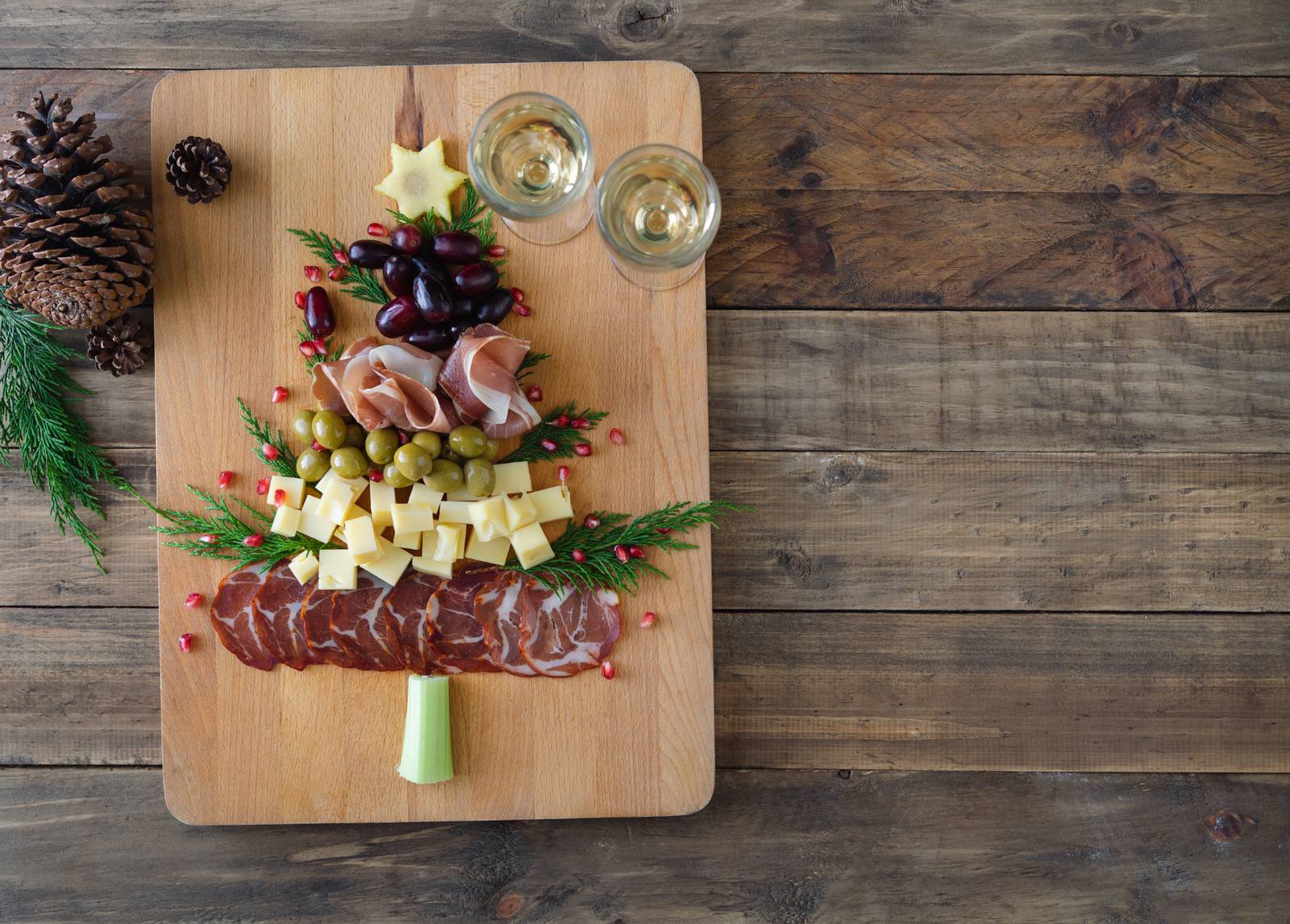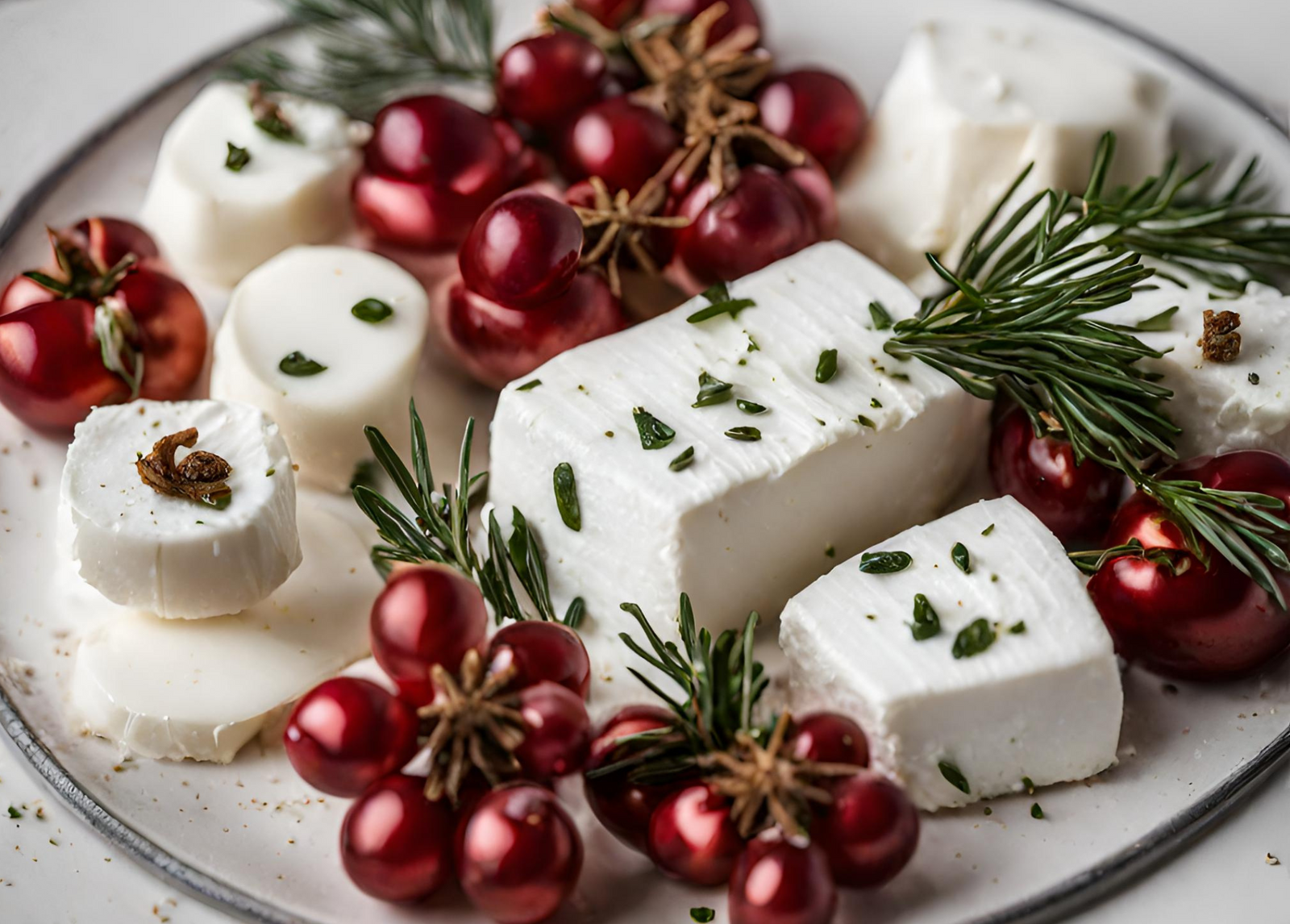Your Cart is Empty
HOLIDAY SALE DEAL ON NOW - GET 15% OF OUR CHEESE MAKING KITS
HOLIDAY SALE DEAL ON NOW - GET 15% OF OUR CHEESE MAKING KITS
HOLIDAY SALE DEAL ON NOW - GET 15% OF OUR CHEESE MAKING KITS

May 11, 2022 2 min read
It’s been said time and time again: there is nothing more beautiful than a good cheese stretch. However, not all cheeses are intended for melting; some cheeses will turn tough, resting in a pool of oil. Others simply refuse to melt! How can you know which cheeses melt, and which don’t? Moreover, what methods work best to evenly distribute heat to ensure a thoroughly melted cheese? Keep on reading to find out!
Have you ever noticed that when certain cheeses, such as Cheddar or Swiss, are left at roughly 30°C, it looks as if they are sweating? This is due to the cheese’s butterfat separating from the solids. If this fat is wiped away, instead of letting it cool back down, the cheese will lose much of its flavour. Raise this temperature 10°C or more, and the casein bonds found throughout the cheese will begin to break down, eventually leaving the cheese in an ooey-gooey puddle of melted cheese.
Cheddar cheese “sweating”
In order to consistently get perfectly melted cheese, your cheese of choice should have a consistent balance of water and fat within. Examples of such cheeses are Mozzarella, Havarti, or Cheddar; all generally young cheeses with high-moisture content. This is why harder cheeses such as Parmesan, which have lost much of their moisture due to being aged, generally won’t melt as evenly or easily as Mozzarella.

This homemade dill-infused Cheddar made from our DIY cheesemaking kits will melt smoothly due to its higher moisture content
However, there are certain workarounds that can be done to transform hard-to-melt cheeses into a smooth, velvety cheese sauce. Look no further than the famous cheese fondue! Fondue will generally include either a tart white wine (due to its acids which help keep the casein in cheese from clumping together), a starch such as corn starch as a thickening agent (preventing sauce breakage), or both!
Unfortunately, there are certain cheeses that, no matter how hard you try, simply will refuse to melt. Cheeses generally made with acids such as Chèvre, Ricotta, or Paneer, are not recommended for melting. If you were to try and melt these cheeses, you would likely end up with a tough ball of bound-up proteins, or the cheese would burn before it could be thoroughly melted. When acid is used in cheesemaking, the proteins become resistant to heat.Cheese that has been treated with acid forms much stronger bonds than those that have not, so they will naturally be resistant to melting.

Achieving the perfect melting cheese can sometimes feel like a guessing game, but if you ever get overwhelmed when selecting cheeses for a grilled cheese or macaroni and cheese, just keep in mind that younger cheeses with a higher moisture content will almost always achieve that ooey-gooey stretch that you are looking for!
Comments will be approved before showing up.

December 19, 2024 2 min read

December 05, 2024 2 min read
Sign up to get the latest on sales, new releases and more …